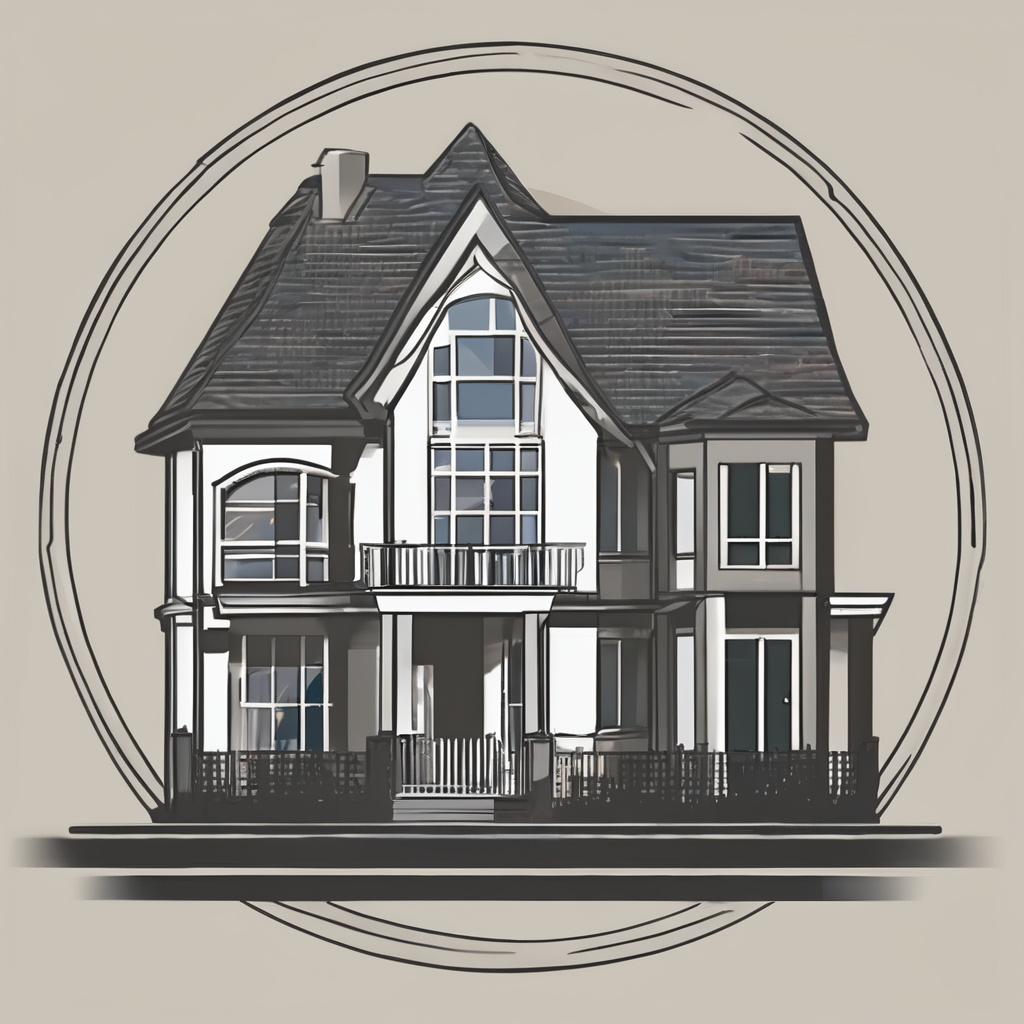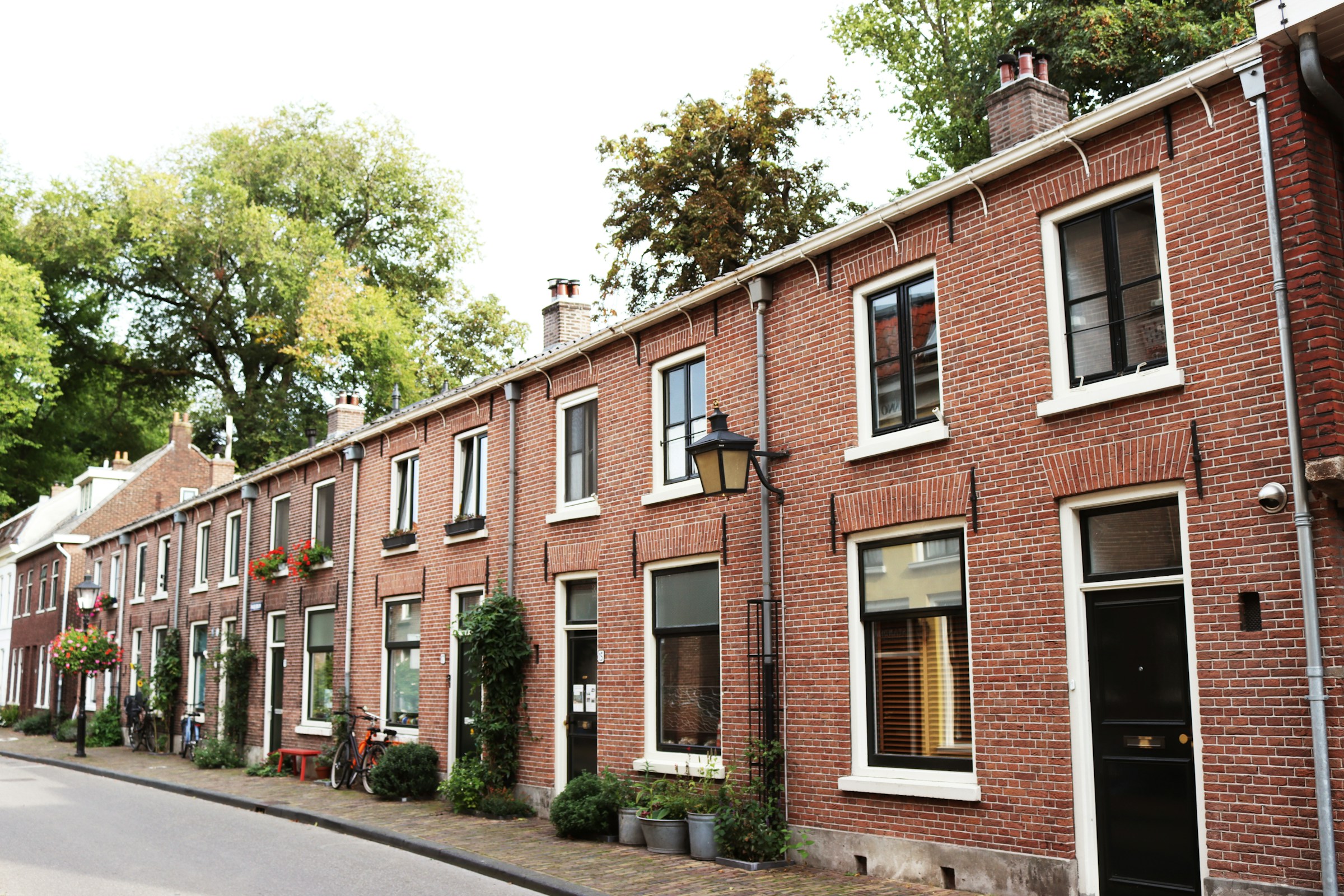Navigating the UK property market can be challenging, especially when deciding between a new-build or an older property in a regeneration area. As investors, you need to weigh the potential returns of your investment against the possible risks. With cities like London leading in property development and regeneration, the decision is even harder. So, which will you buy – a new-build or an older property? This article will delve into these options, exploring the pros and cons of each, allowing you to make a more informed decision.
The Lure of New-Build Homes
New-build homes are a popular choice among investors for various reasons. They are modern, require little to no renovation, and often come with a warranty that covers structural defects. Additionally, developers frequently offer incentives to attract buyers such as payment of stamp duty or inclusion of white goods.
A voir aussi : What impact does proximity to a top-rated school have on property values in Cambridge?
However, these houses often come with a premium price tag. You are not just paying for the house, but for the privilege of being the first person to live there. There is also the risk that the predicted price growth might not materialise, leaving you with a property that doesn’t appreciate as much as expected.
London is known for its ambitious building projects. The city is always growing, always seeking to build more homes for its increasing population. However, with this comes the risk of overdevelopment, which can lead to a surplus of properties and a potential decline in prices.
A voir aussi : How can first-time buyers use the Help to Buy scheme effectively in the UK housing market?
Another factor to consider is that new-build homes are often smaller than older properties. They may lack the character and history that some people desire in a home. This can make them less appealing to potential tenants, reducing the likelihood of steady rental income.
Investing in Older Properties in Regeneration Areas
Regeneration areas present an interesting opportunity for investors. These are areas where significant investment is being made to improve infrastructure, amenities, and overall quality of life. Older properties in these areas can be a sound investment, especially if bought at the right time.
Regeneration can significantly increase the value of properties in the area. If you buy at the beginning of the regeneration process, you can benefit from this growth. However, timing is critical, and misjudging it can result in you buying at peak price, thus reducing your potential returns.
Older properties can also be appealing to tenants as they often offer more space and character than new builds. However, they can be costly to maintain. Renovations and repairs can add up, potentially eating into your profits.
London, for instance, is a city well-known for its ongoing regeneration projects. Areas such as Elephant and Castle, Brixton, and Canning Town have all undergone significant development in recent years, attracting many investors.
The Risks of Property Investment
Property investment, like any other form of investment, comes with its risks. Whether you opt for a new-build or an older property in a regeneration area, it’s important to be aware of these risks.
Firstly, property prices can fluctuate. A drop in the market can leave you with a property that’s worth less than what you paid for it. This is especially relevant in the case of new builds, which can be overpriced at the time of purchase.
Secondly, there’s the risk of property damage. New builds tend to come with a warranty, offering some protection, but older properties do not. If unexpected issues arise, you could find yourself having to invest additional funds into the property.
Lastly, there’s the risk of void periods – times when the property is not rented out. This can result in a loss of rental income and could mean you struggle to cover your mortgage repayments.
The Potential Returns of Property Investment
Despite the risks, property investment can offer significant returns. New builds can be a good investment if bought at the right price, in the right location. They’re often more energy-efficient, resulting in lower utility bills, and require less maintenance, saving you money in the long run.
Older properties in regeneration areas can also offer high returns. As the area improves, property values can increase, leading to capital growth. These properties can also command higher rental prices as the area becomes more desirable.
However, it’s important to remember that property investment is a long-term commitment. Prices may fluctuate in the short-term, but over time, property has traditionally proved to be a stable and profitable investment.
Key Considerations When Choosing Between New Builds and Older Properties
When deciding between a new-build or an older property in a regeneration area, there are several factors to consider. These include the price of the property, the potential rental yield, the condition of the property, and the potential for capital growth.
However, the most important factor is your own personal circumstances and investment goals. Are you looking for a quick return or a long-term investment? Do you have the time and skills to manage a renovation project? Your answers to these questions will help guide your decision.
In summary, both new builds and older properties in regeneration areas can be good investments. The right choice for you will depend on your personal circumstances, investment goals, and the specific attributes of the property and its location.
The Role of Urban Regeneration Schemes in Property Investment
Urban regeneration schemes have a crucial role in the property market and, therefore, property investment. These schemes, aimed at improving area infrastructure, often result in a significant boost to property prices. Consequently, they present an exciting opportunity for investors, particularly those targeting older properties.
Investing in an older property in a regeneration area can be an excellent way to achieve significant price growth. For instance, several regeneration schemes in West London have resulted in hefty property price increases. However, timing is paramount in this type of investment. Buying early in the regeneration process can yield substantial returns, but buying late can mean paying peak prices.
Additionally, older properties in these areas tend to have more character and space, making them more appealing to tenants. However, they may require higher property management costs due to potential renovation or repair needs, which can impact the overall return on investment.
Furthermore, you must also consider the risk of fluctuating house prices and the potential for void periods. A clear understanding of the local property market is essential for navigating these risks and ensuring a profitable build investment.
The Difference Between Buying a New Build and an Older Property
When choosing between a new build and an older property, understanding the key differences between the two can help guide your decision.
New build properties often come with a host of benefits, including modern design, energy efficiency, and low maintenance costs. These factors can be attractive to first-time buyers and renters alike, potentially leading to higher rental yields. However, new builds typically come with a premium price tag, and there is the risk that the anticipated price growth may not materialise.
Conversely, older properties can offer more space and character, potentially leading to a higher demand from tenants. They are often cheaper to buy than new builds, but the costs of renovation and maintenance can be higher. Furthermore, when located in a regeneration area, they offer a unique opportunity for long-term capital growth.
Conclusion: Making a Well-informed Property Investment Decision
When navigating the UK property market, the decision between investing in a new build property or an older property in a regeneration area largely comes down to your individual circumstances and investment goals. Both options offer unique benefits and risks.
A new build investment can offer a modern, low-maintenance property with potential for price growth, particularly appealing to first-time buyers or those seeking a long-term, hassle-free investment. On the other hand, older properties in regeneration areas offer potential for significant price growth and higher rental yields, albeit with the need for possible renovations or repairs.
In essence, whether you opt for a new build house or an older property in a regeneration scheme, a thorough understanding of the property market and clear investment objectives are essential. This will enable you to weigh the potential returns against the risks and make a well-informed decision that aligns with your long-term investment goals.






